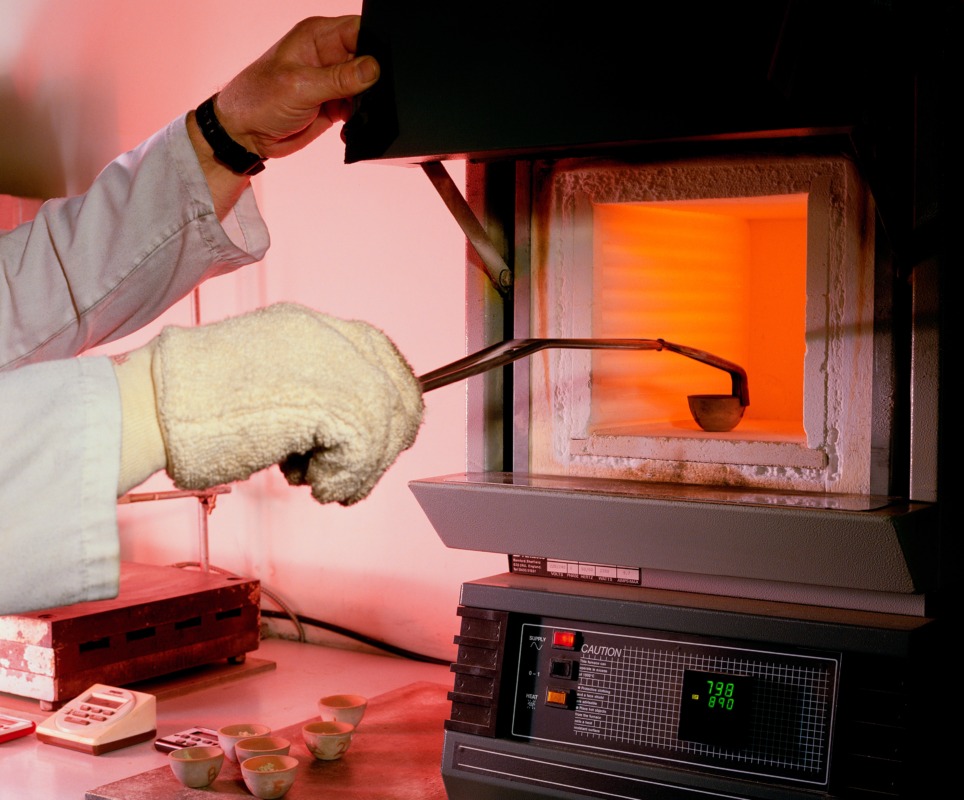Thermocouples are temperature sensors created by combining two different metals, forming a hot junction at one end, and two open wires at the other end, known as the cold junction. Tempsens Asia Jaya offers a wide range of temperature sensors with Class 1 or Special accuracy, covering temperatures from -196°C to 1700°C. We have an integrated thermocouple manufacturing facility from raw materials to accessories.
How to Install a Thermocouple into a Process:
- Insert the Thermocouple:
- Insert the thermocouple into the thermowell. By inserting a spring-loaded stem, positive contact with the base of the well is achieved. Ensure the wires at the connection head are not twisted during insertion. If the wires begin to twist, disconnect the wires from the terminals and reconnect them after placing the sensor into the thermowell.
- Use the Same Type of Thermocouple Wire:
- The thermocouple wire of the same type as the sensor must be used to connect the thermocouple to the instrumentation. Ensure the wire ends are clean and provide good electrical contact with the terminals.
- Color-Coded Connections:
- When extending cables, match the cables so that the same colors connect. (Thermocouple cables are color-coded – the negative leg is always red, and the positive leg varies, e.g., Type K = yellow; J = white; E = purple; T = blue).
- Avoid Electrical Interference:
- Install the thermocouple and extension cables at least one foot away from AC power lines for best results. Do not run thermocouple cables in conduits with other wires.
- Maintain Proper Temperature:
- The thermocouple junction head should not exceed 400°F, and the best results are obtained when the head is as close to room temperature as possible.

Maintenance:
- Calibration Frequency:
- Thermocouple calibration will gradually decline at varying rates depending on the application. The calibration frequency should be determined by the user in each case. Heat transfer compounds are available.
- Achieving Calibration:
- Calibration is achieved by comparing the thermocouple output with a working standard. Preferably, calibrate the thermocouple in its installed position. If the sensor is removed for calibration, it should be returned to the same location and immersion depth for maximum reliability.
- Regular Inspection:
- Periodically inspect the thermowell and sensor sheath surfaces for corrosion or damage. If damage occurs, replacement may be considered.
- Prevent Moisture Accumulation:
- Moisture can cause corrosion and de-calibration in some thermocouple wires (e.g., the positive leg of a J-type thermocouple is iron and rusts easily). Take care to prevent moisture buildup on thermocouple wire terminals.
These practices ensure the thermocouple operates effectively and extends its service life, maintaining accurate temperature measurements for industrial processes.
Consult your needs immediately for free via WhatsApp with our team at (+62)852-1066-5767. Make sure you get the right heating element solution for your industrial application needs. Don’t forget to visit our website at smartheat.co.id and Smart Heat social media at @Smartheat.


